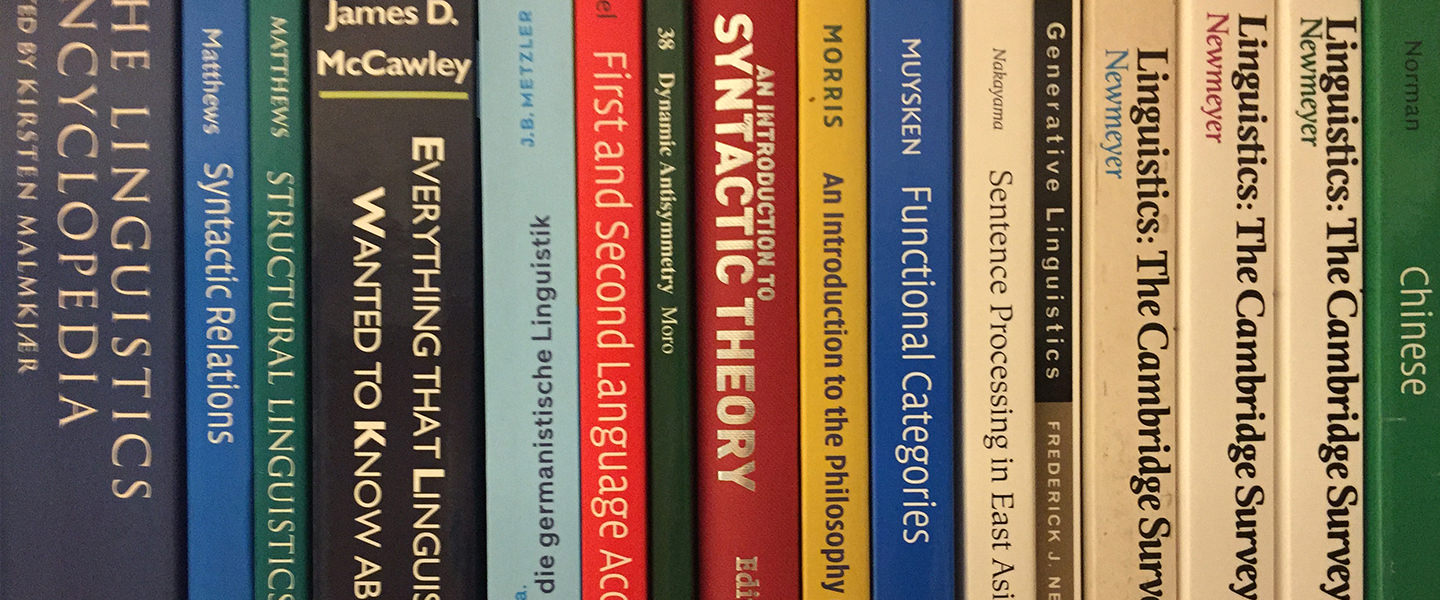
This course is an introduction to syntactic theory, aiming to understand the ways that
we can understand syntactic variation in the languages of the world. For example, what determines why objects come before a verb in Japanese, but afterwards in English? Why do languages like Spanish and French put their question words at the beginning of a sentence, while others like Swahili leave them at the end? What rules out sentences like *herself likes pizza in English? Using Chomsky's Government and Binding Theory as a means of providing an overview to syntactic thought, this course will explore these kinds questions of syntactic structure.
Aims
To provide an overview to syntactic phenomena and introduce students to engaging with syntactic analysis by the use of a particular syntactic framework (in this case, the Principles and Parameters approach). There is a further goal of giving students training in writing clear syntactic argumentation.
we can understand syntactic variation in the languages of the world. For example, what determines why objects come before a verb in Japanese, but afterwards in English? Why do languages like Spanish and French put their question words at the beginning of a sentence, while others like Swahili leave them at the end? What rules out sentences like *herself likes pizza in English? Using Chomsky's Government and Binding Theory as a means of providing an overview to syntactic thought, this course will explore these kinds questions of syntactic structure.
Aims
To provide an overview to syntactic phenomena and introduce students to engaging with syntactic analysis by the use of a particular syntactic framework (in this case, the Principles and Parameters approach). There is a further goal of giving students training in writing clear syntactic argumentation.
- Module Supervisor: Hannah Gibson
- Module Supervisor: Kyle Jerro